Swim Meets
Swim meets at Bangkok Dolphins are more than just competitions – they’re vibrant events where teamwork, fitness, and skill development take centre stage. These meets provide a fun and supportive environment where swimmers can challenge themselves, cheer on their teammates, and celebrate their progress.
For young athletes, swim competitions help develop sportsmanship, discipline, and resilience. Each event is a valuable opportunity to gain experience, analyse performance, and set personal goals.
We host and participate in various swim meets throughout the year and encourage all swimmers to join in. It’s not just about winning – it’s about learning, improving, and being part of a great swimming community.
- Celebrate Progress
- Make New Friends
- Develop Sportsmanship


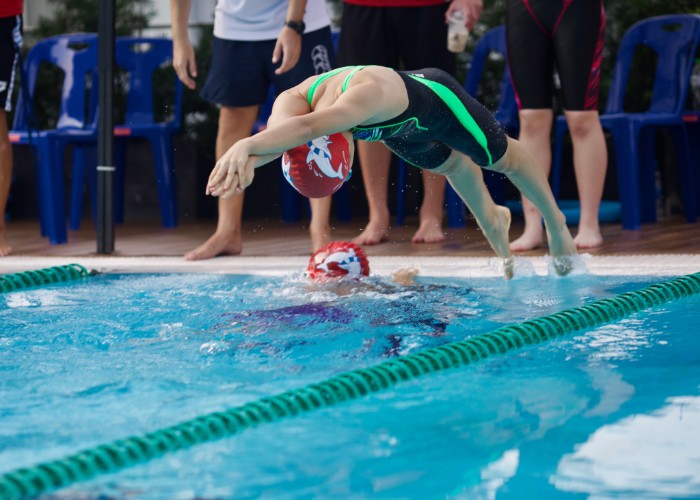

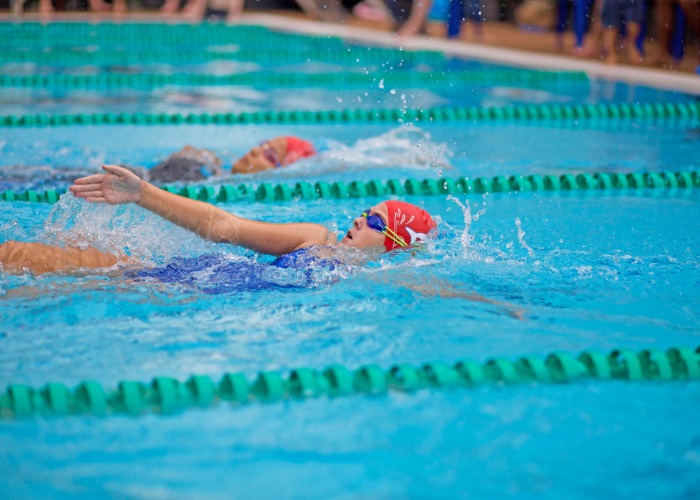
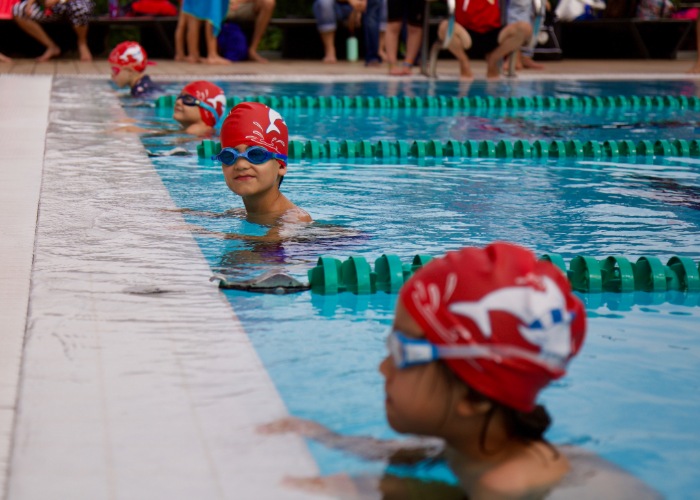
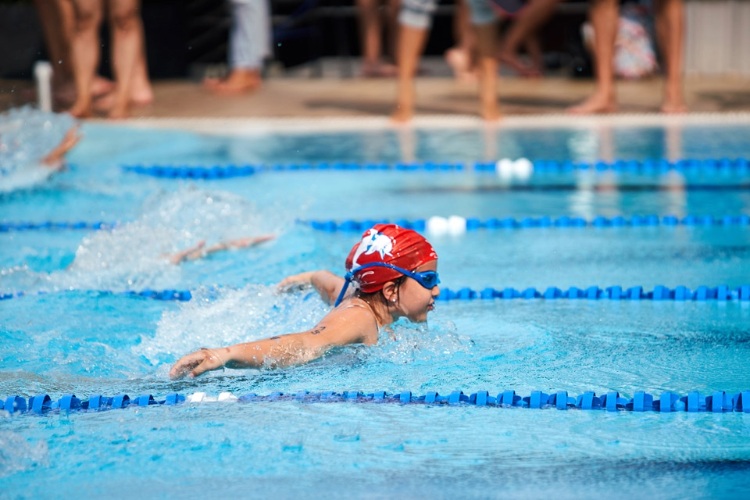
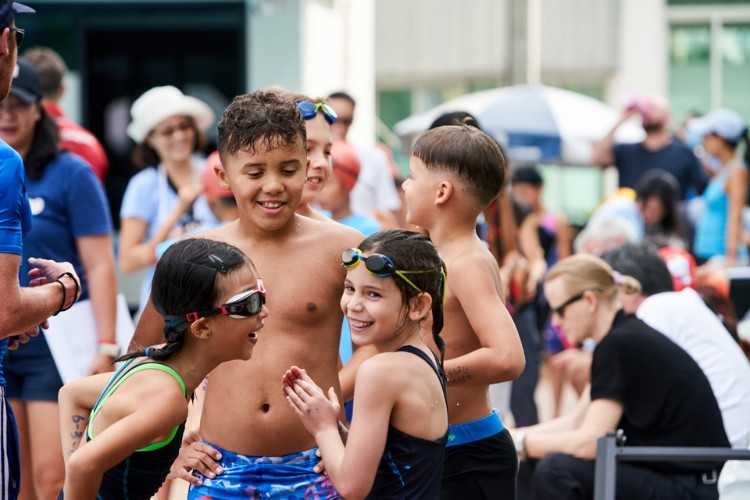
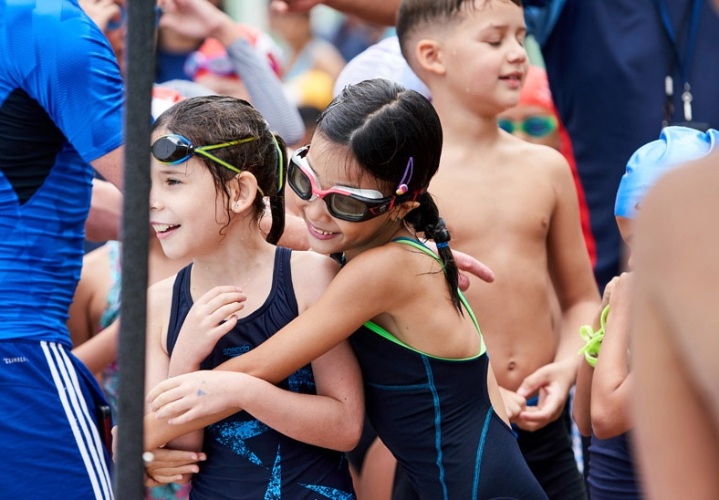
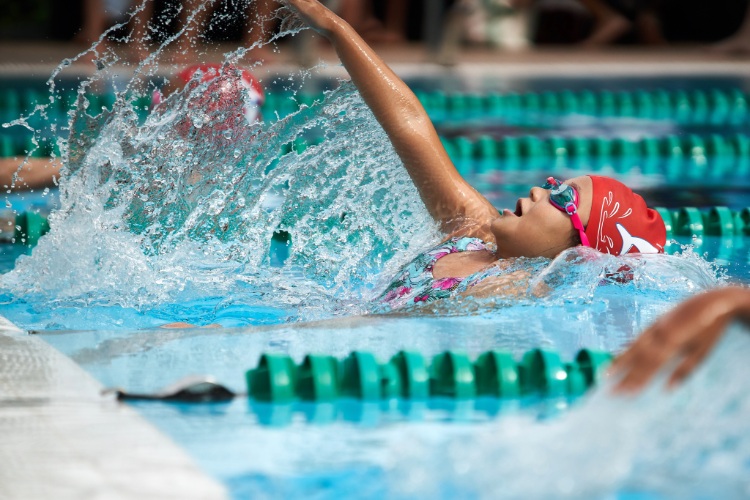

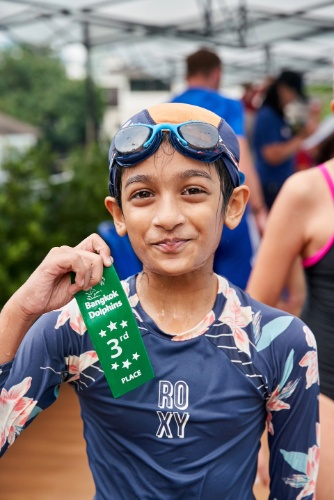
FAQ
If you have any questions about the classes and haven't found the answer below please contact us.
How do I pay?
What to know before the meet?
What do I bring on the day of the meet?
- Swimsuit
- Goggles
- Bangkok Dolphins cap (available at our Racquet Club Office)
- Swimmers should wear their Bangkok Dolphins T-shirt (available at our Racquet
- Plenty of water and drinks
- 2-3 towels for each swimmer and sunscreen
- Snacks or lunch (the quality of vendors varies). Eating right after a race is recommended.
- Quiet games for swimmers to play without running around.



